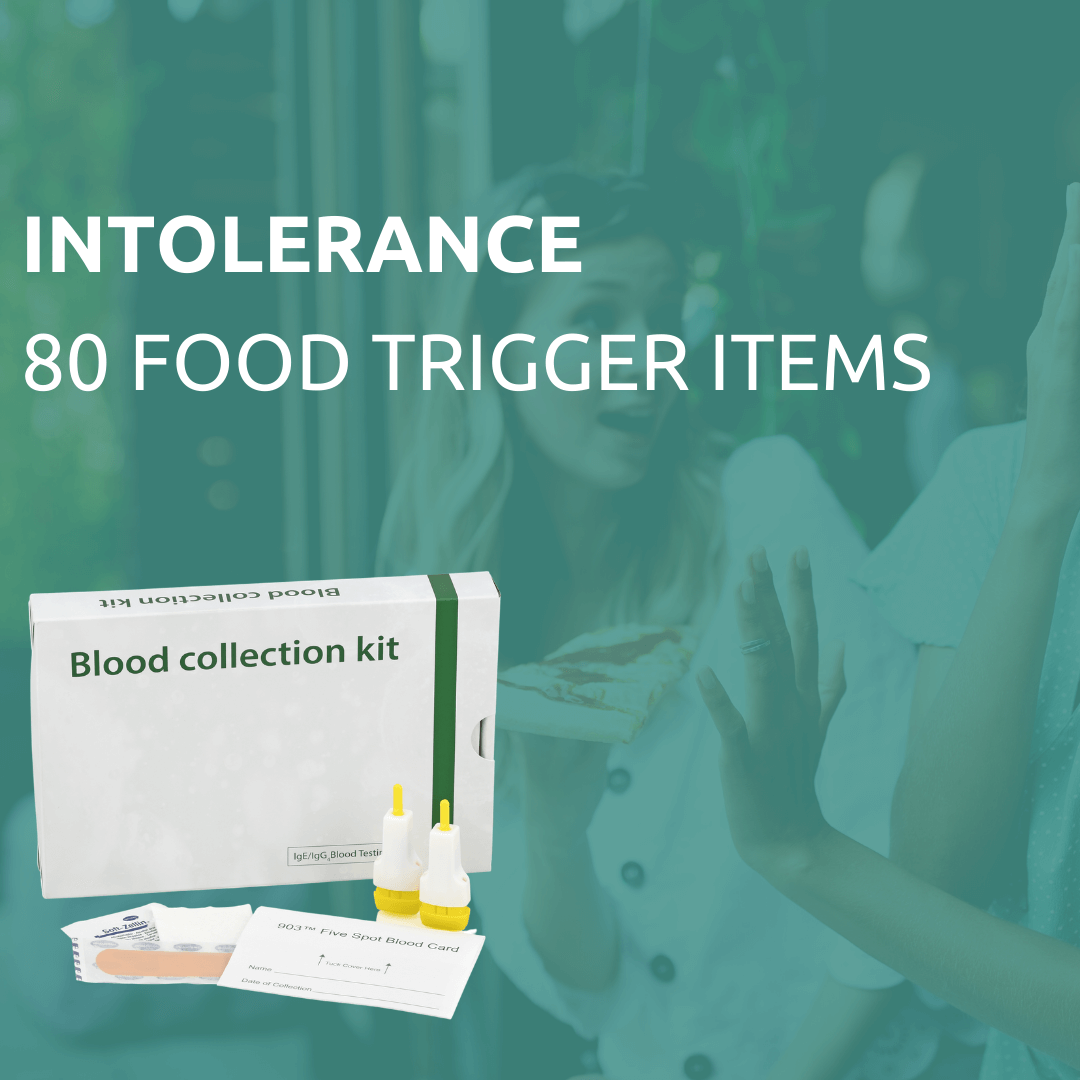
Salicylates are natural chemicals produced by fruits and vegetables which help protect them against insects, fungi, and diseases. You can think of salicylates as the defence system of plants against pathogens. For thousands of years, salicylate extracts have been used for medicinal purposes. The first recorded incidence of salicylates being isolated from a plant was in the early 1800s. The extract is commonly known as aspirin, and it helps relieve inflammation and pain and lowers fever. However, salicylates can sometimes result in health problems for those with salicylate sensitivity. Salicylic acid is also manufactured for use in products like toothpaste, aspirin, and food preservatives. Both natural and synthetic forms of salicylates can cause adverse reactions in some people.
Compared to foods that naturally produce salicylates, medication like aspirin contains more significant amounts of salicylates; it’s more common to notice salicylate intolerance linked to medication. For example, a single dose of aspirin contains 325-650 mg of salicylates, while dietary intake of salicylates usually is 10-200 mg per day. Even though salicylates may cause problems for some people, some research shows the benefits within the body, like anti-inflammatory effects. Some people who are extra sensitive to salicylates can react to foods containing this chemical, leading to salicylate intolerance symptoms.
Foods with salicylates
Several foods contain salicylates. Some in higher amounts than others based on factors like growing conditions, level of ripeness, and preparation. For example, dried fruits contain more salicylates than raw fruits because of the water removal during processing. Foods high in salicylates include{1}:
- Spices: Curry, aniseed, dill, cayenne, ginger, cinnamon, allspice, cumin, clove mustard, oregano, pimiento, turmeric, tarragon, paprika, rosemary, and thyme.
- Fruits: Strawberries, guava, raisins, prunes, apricots, blackberries, blueberries, cranberries, cherries, grapes, pineapple, plums, oranges, and tangerines.
- Vegetables: Sweet potato, squash, cucumber, broccoli, spinach, broad beans, eggplant, artichokes, zucchini, watercress, alfalfa sprouts, radishes, okra, chicory, and endive.
- Other sources: Rum, wine, tea, gravies, vinegar, water chestnuts, honey, liquorice, mints, aloe Vera, fruit flavourings, chewing gum, pickles, cordials, almonds, jam, olives, food colourings, savoury-flavoured chips, and crackers
- Non-food sources: Perfumes, lotions, mint-flavoured toothpaste, mouthwash, and medications
This list isn’t exhaustive, but you need to know that the most potent sources of this chemical are aspirin and ibuprofen, including other nonsteroidal anti-inflammatory drugs. So, partaking in a salicylates-free diet, you need to understand your tolerance level so that you know whether to take foods utterly free of this chemical, those with moderate amounts or those with minimal amounts. Those with salicylate intolerance need to look out for perfumes and lotions because it’s possible to absorb this chemical through the skin{2}.
Salicylate intolerance
Salicylate intolerance occurs when consuming foods with this chemical which causes intolerance symptoms. The population of people suffering from salicylate intolerance is unknown, but data clearly shows that it occurs more in adults than children. Adults with asthma are at a higher risk of suffering from this intolerance. Around 2-22% of adults with asthma are sensitive to salicylates. It is the salicylic acid in drugs that have been shown to cause more negative reactions compared to salicylates in food. You will find that aspirin and strong painkillers contain lots of salicylic acids, and it’s wise to keep away from such medications if you have a sensitivity to salicylates. Since people take pain medication multiple times a day, you’ll find that the potential amount of salicylates consumed is higher than any amounts you can consume in your diet.
Food intolerance symptoms always vary in severity in accordance with the quantity of allergens you’ve consumed. This means that most people with salicylate intolerance can consume a certain amount of this chemical without showing many symptoms. Generally, consuming excess amounts of salicylates can cause adverse reactions even in those who don’t suffer from salicylate intolerance. Most people often consume a few aspirins here and there and eat foods rich in salicylates without the occurrence of symptoms because they don’t suffer from this sensitivity. However, suppose you notice you have symptoms of salicylate intolerance. In that case, you need to get yourself an Intolerance Test to prove it because it could be a myriad of intolerances considering we consume different types of food daily, and most contain allergens. However, this test will check your blood against multiple common food allergens and get you a list of foods you’re intolerant to.
Salicylate intolerance can sometimes be a result of an overproduction of leukotrienes. Leukotrienes are inflammatory mediators linked to conditions like asthma, anaphylaxis, allergic rhinitis, rheumatoid arthritis, and interstitial lung disease. This overproduction results from the inhibition of cyclooxygenase, an enzyme whose purpose is to regulate leukotrienes production. When there is a leukotrienes buildup in the body, one may experience symptoms of salicylate intolerance.
Symptoms of salicylates intolerance
Salicylates sensitivity can manifest in different ways varying from one person to the next. Most symptoms witnessed in those suffering from salicylate intolerance tend to involve the respiratory tract, skin, and intestinal tract. These include:
- Eczema and rashes
- Joint pain or inflammation
- Foggy mind
- Chronic mouth ulcers
- Sinus issues
- Hyperactivity in children and other behavioural issues
- Colic in infants
- Gastrointestinal symptoms like bloating, gut pain, gas, constipation, and diarrhoea.
- Hives
Symptoms vary because some can have mild symptoms while others are severe, depending on the individual’s ability to break down these chemicals. Some people can experience the symptoms after consuming small amounts of salicylates, while others can tolerate larger amounts without much of a reaction.
Testing for salicylates intolerance
The symptoms of salicylate intolerance take time to show, just like other food intolerance symptoms. So, it can get hard to link the intolerance symptoms to foods rich in salicylates. To narrow down the culprit, it is necessary to take an Intolerance Test. This type of test will test your blood against the common foods that could be causing your intolerance symptoms. After these tests, you will get results showing which foods are causing you intolerance symptoms so you can eliminate them from your diet.
However, you can also talk to your doctor if you need help building up your tolerance to this chemical. To do this, you will need to eliminate it for over 12 weeks then your doctor will help you test your tolerance by reintroducing the chemical in small amounts until you’re sure which amounts your body can tolerate. You can then get to eat these foods by being mindful, so you don’t surpass the amount your body can tolerate.
Is a low-salicylate diet necessary?
If you discover that you have a salicylate intolerance, you may decide to go down this road. You can either choose a low-salicylate diet or a low FODMAP diet. Both of these diets will help you get rid of your salicylate intolerance symptoms. Scientifically, a low FODMAP diet is better suited to treat food intolerance. However, this type of elimination diet isn’t appropriate for young children. A study showed that almost half of the 74 children on an elimination diet for salicylates diet experienced harmful side effects. These included eating disorders, food aversions, and nutrient deficiencies. Issues such as nutrient deficiencies during childhood can result in long-lasting impacts on a child’s health and development.
There is, however, no need to avoid salicylates unless you’re sure you have an intolerance to them, and that’s why we suggest using an Intolerance Test. However, cutting off all foods that contain salicylates from your diet can be harmful to your health because of how restrictive it is, and that’s why we advise working with your doctor to build your tolerance level.
Final thoughts on salicylates intolerance
Salicylates are natural compounds present in foods and chemically produced for medicinal purposes and other non-food items. Even though most people can tolerate salicylates, others are sensitive to them. If you aren’t sure about your sensitivity, it is advisable to take an Intolerance Test. If you find that you have a salicylate intolerance, you need to avoid foods or medications high in this chemical to prevent the symptoms. Complete avoidance of salicylates is impossible, but there’s a level your body can tolerate. If not, you can work closely with a doctor to try and correct that.
References
- Cunningham E. (2010). Are there foods that should be avoided if a patient is sensitive to salicylates? Journal of the American Dietetic Association, 110(6), 976. https://doi.org/10.1016/j.jada.2010.04.020
- Runde, T. J., & Nappe, T. M. (2021). Salicylates Toxicity. In StatPearls [Internet]. StatPearls Publishing.




